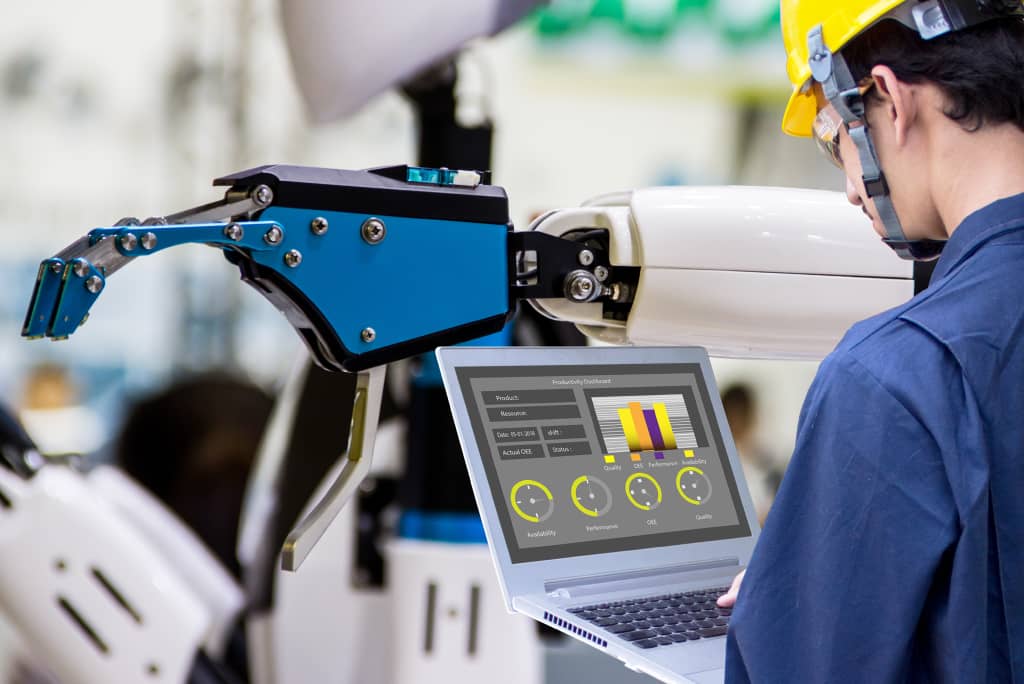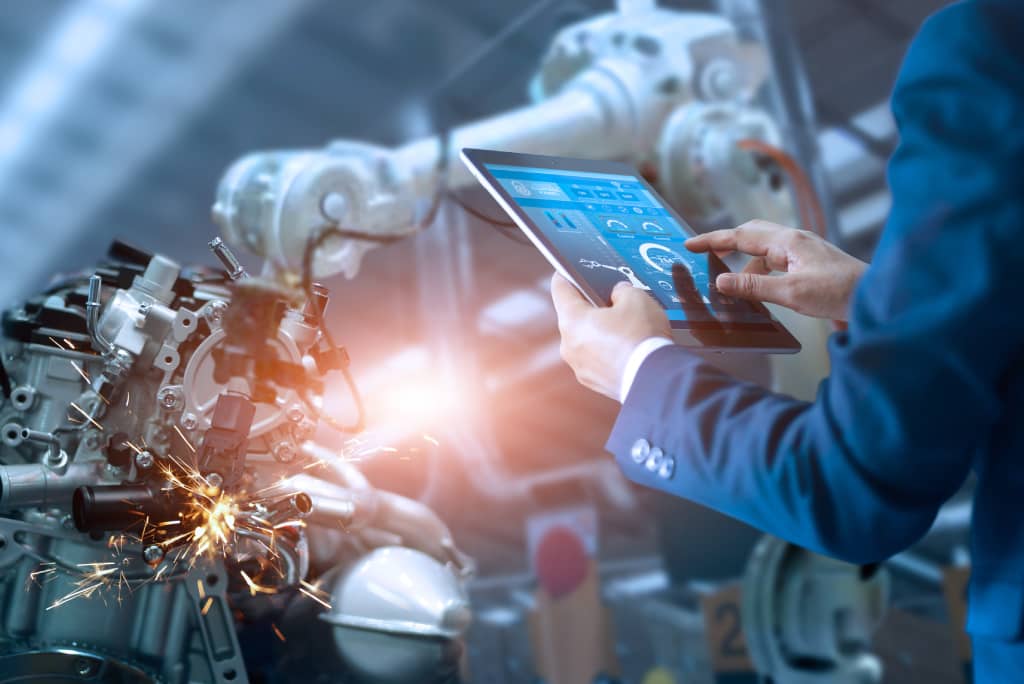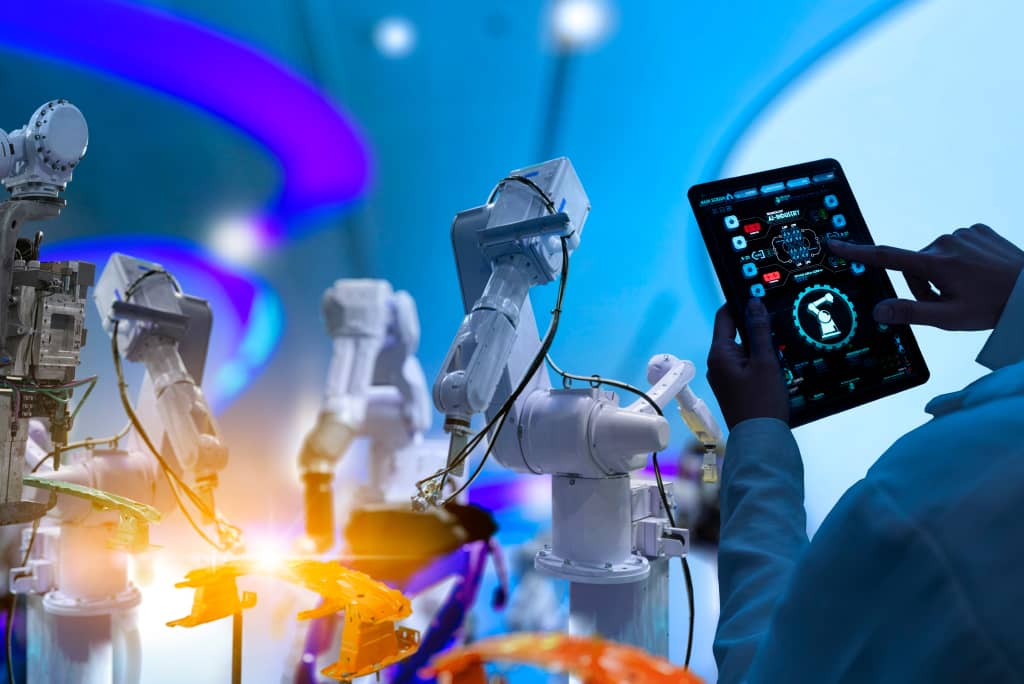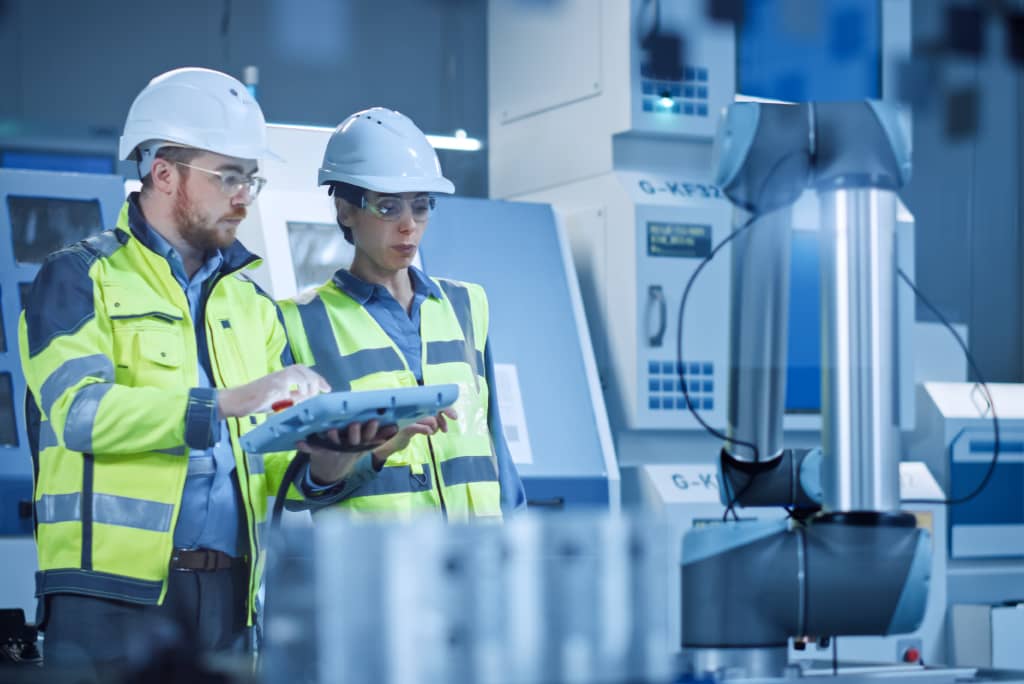RECENT POSTS
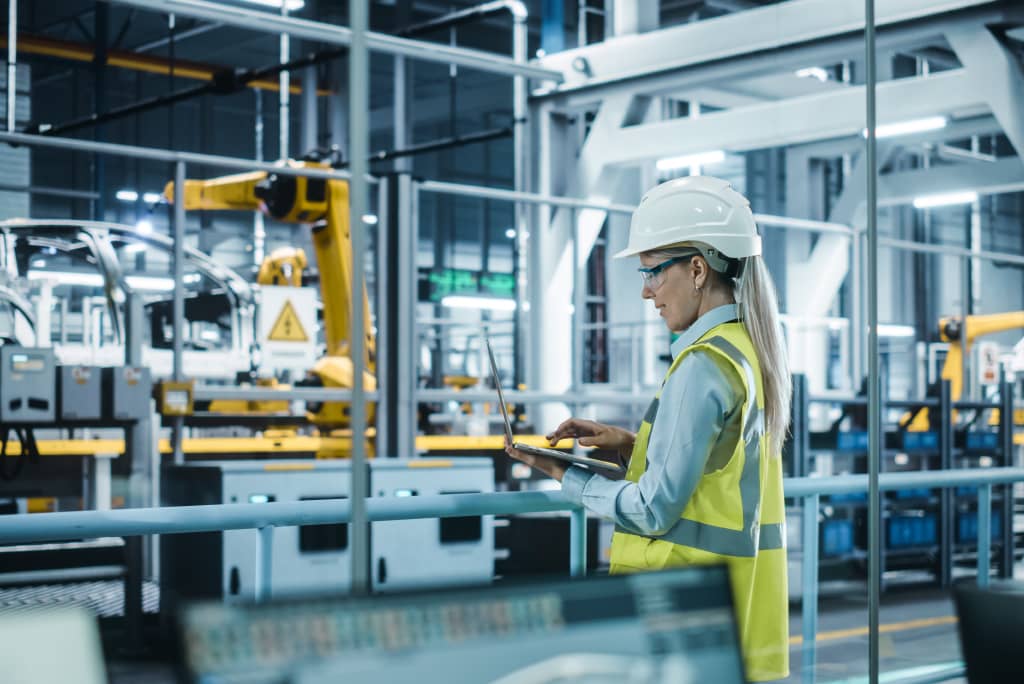
Controls System Integration Case Study: Examples of Capital Expenditures in Manufacturing
The manufacturing sector is increasingly turning to automation and integrated control systems to drive greater efficiency, consistency, and productivity. Advanced sensors, machine-learning-enabled platforms, and interconnected technologies promise production-floor and supply chain improvements. However, as manufacturing operations become more complex and automated, there is also an increased risk to worker safety if potential hazards are not properly monitored.
Each year, there are about 330,000 nonfatal workplace injuries and more than 380 deaths associated with manufacturing, according to the U.S. Bureau of Labor Statistics (BLS).
Safety is paramount in manufacturing.
Thankfully, skilled safety controls and automation engineering can help strike the balance between realizing operational gains while also prioritizing employee protection. By thoughtfully assessing hazards and risks, leveraging safety-focused system designs, and smartly integrating safety automation into legacy environments, manufacturers can greatly improve OEE while reducing workforce risks on existing equipment.
The results are production lines that run faster, machines that self-adjust to optimize quality, and data-fueled insights to inform continuous improvement while reducing the chances of workplace accidents.
A Real-World Case Study
Here is a real-world case study, showing how one company optimized their spending while providing optimal worker safety, including examples of reducing capital expenditure in manufacturing.
The Problem
A company using semi-automated turntable pallet wrappers needed to evaluate whether to upgrade existing pallet wrappers or buy new pallet wrappers to conform to revised ISO-13849 safety standards. This required engineering analysis, determining the most cost effective safety automation, and conducting a cost benefit analysis.
The Solution
Pacific Blue Engineering was engaged by the company. Steps taken to meet new requirements included:
- Conducting a make vs. buy analysis to compare costs of operational expenditures vs. capital expenditures for new safety system components—opting to recapitalize versus upgrade existing equipment where feasible.
- Designing remote terminal enclosures (RTEs) to allow operators safer access to hazardous areas when troubleshooting.
- Migrating programmable logic controllers (PLCs) from older SLC/PF 40 models to current Compact GuardLogix/PF 525 models.
- Implementing additional safety logic to reduce the time to restart the line after e-stops, improving productivity and throughput efficiency.
- Adding safety light curtains with muting functions to increase operator safety without reducing production staging.
- Installing more physical guarding around hazardous areas.
- Adding a safety dump valve to pneumatic systems to bleed pressure if abnormalities are detected.
- Creating an overview screen to monitor safety device status.
- Replacing unreliable guard door switches with approved locking models.
- Performing necessary validations and qualifications to comply with standards.
The Result
The project outcomes included improved safety for operators when interacting with equipment, faster restart times after production stops to improve productivity and throughput efficiency, additional operator interfaces for better monitoring, optimized muting circuits to avoid unnecessary shutdowns, and cost savings from upgrading rather than fully replacing legacy systems—optimizing operational expenditures vs. capital expenditures. This project saved about $750k in CapEx cost versus buying new pallet wrappers.
The investments made will protect employees from hazards while also producing significant OEE or efficiency gains. With safety systems in the production line now compliant, safer, and more productive, they are better prepared to streamline production and protect workers.
Work With an Experienced Automation and Control Systems Integrator
Working with an experienced controls system integrator and industrial automation solution provider like Pacific Blue Engineering can modernize your facility to provide safer operations and maximize your investment. We are experts at integrating custom automation and controls and will work side by side with you to find the optimal solution for your business. We work hard, do what’s right, pay attention to detail, and deliver measurable results to meet your goals.
Not only do we create optimal systems, but we also keep control projects on budget with a seven-step process:
- Clearly Define Scope: Locking down project requirements early prevents cost overruns.
- Map Detailed Plans: Careful scheduling and contingencies keep complex projects on track.
- Leverage Buying Power: Pacific Blue Engineering gets vendor discounts due to bulk buying, which are passed to clients.
- Ensure Technical Resources: Ensuring the personnel with the right technical skillsets such as Safety PLC programming, Electrical Installation, etc are allocated
- Track Costs Closely: Regular budget-to-actual reporting flags issues early.
- Maintain Open Communication: Dialogue between teams enables smooth sign-offs.
- Control Scope Expansion: Adding new requirements impacts budgets and timelines.
- Have Backup Options: Despite best efforts, expect the unexpected, and have contingency plans in place.
When you work with the experienced professionals at Pacific Blue Engineering, you get a complete plan, careful integration, and an optimized solution for your manufacturing business.
Looking to modernize your equipment and control systems and optimize your OpEx vs. CapEx? Contact the automated controls experts at Pacific Blue Engineering today to request a consultation.
similar posts
Certifications
Contact Us
Telephone:
Corporate Office “The Shop”
Pacific Blue Engineering, LLC
2880 Orange Ave
Long Beach, CA 90755
© All contents copyright © 2023 by Pacific Blue Engineering


